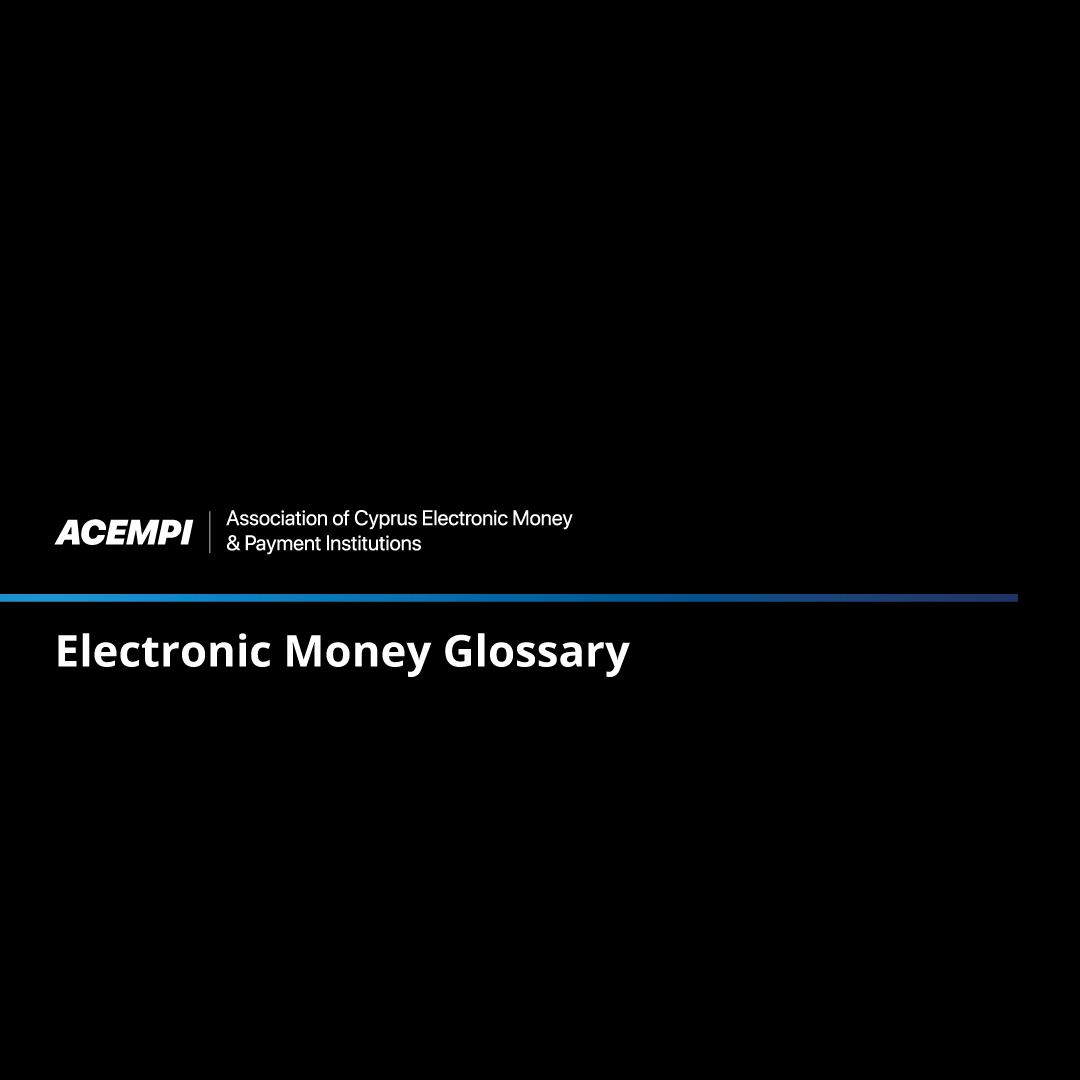Ioannis Georgoulas, Chairman of the Association of Cyprus Electronic Money & Payment Institutions (ACEMPI) talks about how the pursuit of technological innovation has taken the complex relationship between incumbent banks and Electronic Money Institutions to a new level.
In 2018, the European Banking Authority (EBA) released a report that highlighted the risks for incumbent banks being lackadaisical in the pursuit of digital transformation.
In its report on the Impact of FinTech on Incumbent Credit Institutions’ Business Models, the EBA essentially warned the banking sector that the fintech route was a one-way street – one that was being paved by Electronic Money Institutions (EMIs).
During the e-commerce boom in the late 2000s, online businesses were struggling with the slow procedures of banks in opening up accounts and dealing with payments. Fintech companies like Stripe, which is now valued at US$50 billion, emerged to power the payment system of the online world. “Traditionally, EMIs provided secure and reliable electronic payments, which used to belong to the traditional banking arena,” says Ioannis Georgoulas, Chairman of the Association of Cyprus Electronic Money & Payment Institutions (ACEMPI).
By leveraging technology to fuel their business, the new entrants in the financial services space obtained a fundamental understanding of how users interacted with products, which allowed them to gain a bit more ground in the market. Add to that the changing of the generational guard, which brought about increased demand for freedom of movement by both businesses and people, leading to the proliferation of e-wallets, mobile payments, and omnichannel banking, products that were developed on the techie floors of fintech companies.
Still, the market share enjoyed by the new players was inconsequential compared to the incumbents. And, despite the 2008 financial crisis (or 2013 in local time), when the socialisation of banks’ losses eroded people’s trust in the old system, incumbents have retained their role as the bridge between the Government and the economy. That hasn’t stopped EMIs, though. As Georgoulas says, “Some have now stepped into the core banking space, introducing new features like ‘banking as a service,’ real-time payment processing, instant settlements and the corporate client experience. They complement traditional banking by improving the speed and efficiency of electronic payments.” What is more, while lending remains within the purview of incumbent banks, there are fintech companies like Klarna that now offer micro-lending options in the form of ‘buy now, pay later’ and ‘payday loans.’
A 2021 survey by the Economist Intelligence Unit revealed that bankers considered the proliferation of digital payment platforms as their biggest competition. The change in consumer payment patterns (just consider how prominent the use of Google Pay and Apple Pay has become in recent times) made the EBA’s warning all too real. In response, banks started to build financial technologies in-house, from mobile wallets to data analytics to SME tools. As a result – a decision that was also made with operational costs in mind – the brick-and-mortar service channels started to dry out. In our neck of the woods, in the last two years we have seen Cyprus’ two biggest lenders, Bank of Cyprus and Hellenic Bank, cut down their branch network significantly, letting go a combined number of more than 1,000 employees in so-called ‘voluntary exit schemes.’ Still, Georgoulas argues, EMIs are far ahead in the digital payments space. “EMIs are making the world a smaller place in which to execute transactions, open multiple IBANs, or even conduct traditional FX dealing. They can also offer better exchange rates and lower fees, ranging from international transfers to clearing houses to commodities providers’ integrations into their ecosystem,” he mentions. And there is also the case of ‘the unbankable’. According to the latest figures by the World Bank, 1.4 billion adults across the globe do not have access to traditional banking services. EMIs can service them via online payment portals, prepaid cards, remittances and microloans, to name just a few. For Georgoulas, all these will place additional pressure on traditional banks.
Recently, banks have decided to engage with fintech in a more collaborative way. There is a good reason for this shift: they recognize that the technology and expertise of EMIs are on another level. The shift has also worked in favour of EMIs, which can now leverage the banks’ vast established customer base. Georgoulas mentions that another driver behind the emerging collaborative spirit is the ever-changing regulatory landscape aimed at promoting competition and innovation in the financial services sector, and partnerships with banks help EMIs to stay compliant.
So, in what ways have banks and EMIs come together? First on the list is acquisitions. In 2021, for example, Goldman Sachs acquired GreenSky, the largest fintech platform for home improvement consumer loan originations, in a deal valued at US$2.24 billion. Others have formed joint ventures or strategic partnerships, like Spanish multinational Santander, which joined forces with blockchain-based fintech Ripple to create One Pay FX, a cross-border payment service. Santander has been investing heavily in financial technologies ever since the launch of its innovation fund, InnoVentures, back in 2014. The Spanish lender’s acquisition of Wirecard’s core European business for a reported €100 million three years ago, following the insolvency of the disgraced German payments company, was touted as one of the biggest statements of intent by incumbent banks to build an EMI-like platform. Anyway, others have chosen to white-label EMI products, like the British Starling Bank putting its brand on the products of the online savings platform Raisin UK, making them available to its customers through its mobile app.
In Cyprus, though, there is yet no real evidence of collaboration between EMIs and banks. “From the EMI side, there is the will and the spirit to do so but it seems that banks in Cyprus are heavily weighted and find it more difficult to accept fast changes as we have seen in other countries. They do understand the need to adopt new technologies but it will take them a lot of time to do so. At some point, they will have to collaborate with EMIs that have ready-to-market technologies if they want to provide cutting-edge technologies and innovations to their own clients,” Georgoulas stresses.
While it is not clear whether Cypriot banks consider local EMIs as competitors, it is certainly not beyond the realm of possibility that they will be characterised by the collaborative spirit seen abroad in the not-too-distant future since ‘frenemies’ in a market invariably make for better products and services. Our bet is that acquisitions will start being made first – and not only on the side of the banks.
This interview first appeared in the April edition of GOLD magazine. Click here to view it.












